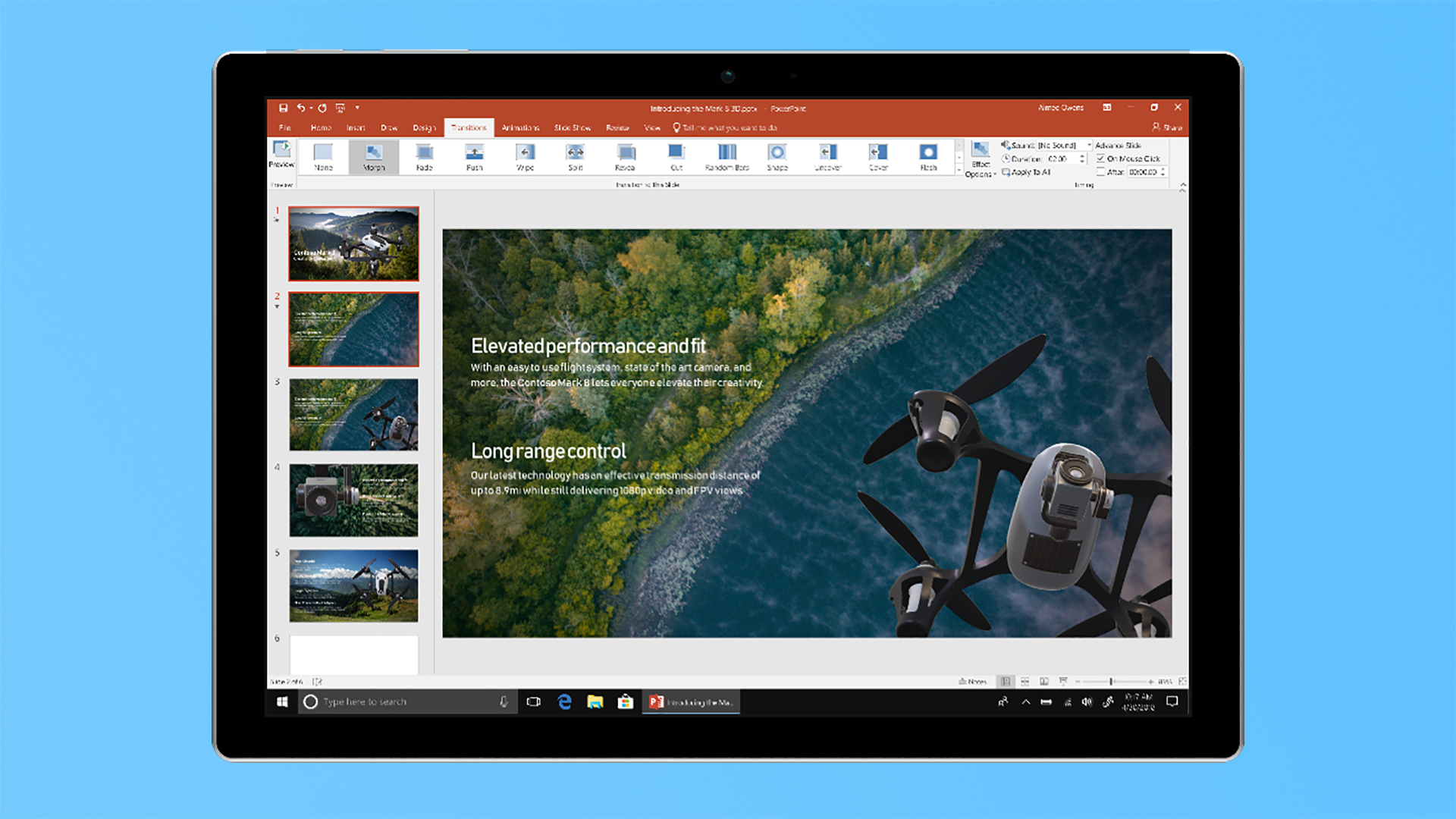

If you need more memory and are working with large files or large amounts of data, it’s best to install the 64-bit version. But, for quick reference - the 64-bit version is automatically installed unless you specifically choose the 32-bit version before installation. If you’re unsure which architecture to choose, read the tab in the Microsoft Office support tab with this heading. Language accessory packs for Office 2013 and Office 2010 are available as free downloads for either the 32-bit (x86) or 64-bit (圆4) architecture. Once you have followed those two steps, it’s time to choose the architecture for which version of Office you want to use. Another tab with a drop-down menu will be visible for selecting the language.If you are unsure which version you need or have a clickable link will offer help so that you can determine the correct version. Find the tab for either Office 2013 or Office 2010.In a drop-down menu along the left side of the screen, click on Language Pack for Office. You can find this by going to Microsoft Office-Install.The first step is to choose the version of the Office Language Accessory Pack you want to install from the download links provided by Office.The only difference is in choosing which version of Office you have. These steps work for both Language Accessory Packs for Office 2013 and Office 2010.
#Office for mac chinese language pack how to
How to dd an Accessory Pack for Office 2013 or 2010Īdding a language accessory pack to Microsoft Office is simple if you follow a few basic steps. Īccessory packs are available for many versions of Office, but let’s focus on the language pack for Office 2010 and Office 2013. By adding an additional language accessory pack, you can increase your display features, add extra help functions and increased proofreading tools to standard Office features. Microsoft Office is a handy tool that can be easily accessorized for maximum potential.


 0 kommentar(er)
0 kommentar(er)
